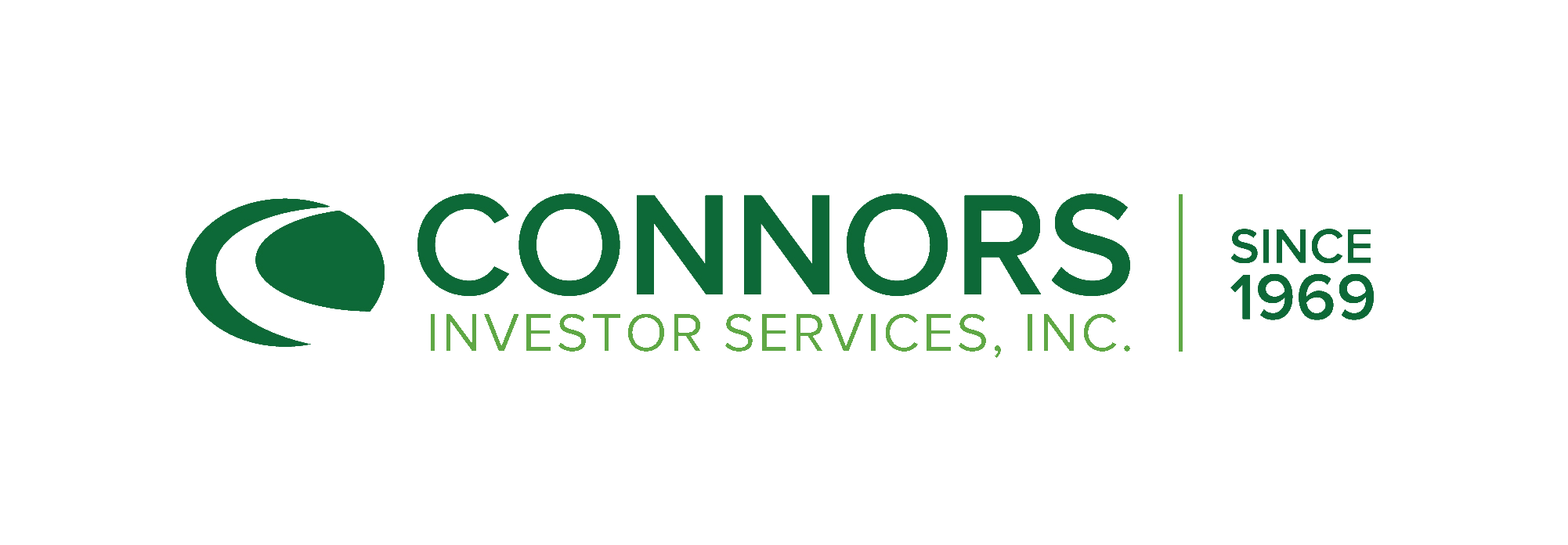2022 Q4 Small Companies Commentary
by Brian G. McCoy, CFA, on January 02, 2023
The close of 2022 could not come fast enough for those of us in the investment profession. The reasons for market declines have been thoroughly covered across all forms of media. Prominently, inflation accelerated to levels not seen since the early 1980’s from a combination of pandemic stimulus, supply chain disruptions and consumer demand for goods and services. As the Federal Reserve and other central banks embarked on aggressive tightening of monetary policy, volatility increased as liquidity was removed from the system, valuation multiples compressed and forward estimates of company earnings began, and continue, to decline.
Throughout the year as interest rates have risen and the Fed began to shrink its balance sheet, moving from quantitative easing to tightening, markets progressively factored in lower economic growth in 2023. Consensus U.S. GDP estimates started the year at 2.5% and declined to the current 0.3% for 2023. Concurrently, labor markets and wages continued to be strong, resulting in resilient consumer spending, though it has shifted from goods to services. The conflict in Ukraine has further pressured global costs through its direct impact on agricultural products and sanctions on Russian oil. These in turn led to persistent inflationary pressures.
As the year came to a close, there has been growing evidence of weakening demand in the economy, particularly housing, but the Fed continues to message its resolve towards higher rates and tighter monetary conditions until they see clear, data-based evidence of moderating inflation. With their determination, the debate has shifted from if there will be a recession to a concern that they will increase rates too much. In the prior quarter, negative economic data seemed to be welcomed with positive market reactions, reflecting the hope for “the pivot” away from tighter money. That trend was reversed in the final quarter as investors began to accept the Fed’s resolve to bring down inflation.
All of this combined to result in a tough year for investors. In the final quarter, the Russell 2000® did manage a positive return of 6.23% as markets rebounded from extremely oversold conditions in September. Our portfolio lagged the benchmark closing out the most challenging year for the strategy in some time. But, given the opportunities which the market is offering, we feel this to be an opportunistic buying environment that we will elaborate on in our outlook below.
Despite the negative returns, our leaders that were positive during the fourth quarter were as follows:
Cambium Networks (CMBM), a wireless broadband networking solution provider, led performance during the final months of the year. Management has delivered positive earnings surprises in a challenging market affected by supply chain and cost challenges. Though macro-economic issues may be challenging, we believe new product cycles and overall demand for WiFi broadband should continue to drive positive results.
Gentherm (THRM), an auto parts manufacturer, delivered solid returns in the fourth quarter. Our confidence continues in this long-term holding as management has led product innovation, landing design wins for their leading automotive climate solutions, leading to increased content on vehicles.
Healthstream (HSTM), a web-based provider of training, scheduling, and provider services for the healthcare industry, repeated its position among our top five again this year. Having integrated a number of acquisitions over the years, management is in the relatively early stages of realizing the CEO/Founder’s vision of an integrated software platform supporting healthcare providers and their workers to address the industry pressures they are experiencing.
Innospec (IOSP), a specialty chemicals manufacturer, is also a repeat performer this year. The company’s specialty products are benefiting from secular environmental drivers such as less water and plastic usage, while their products which address fuel efficiency and oilfield production benefited from recovering energy demands. The diversified end markets they serve support continued growth and profitability in our opinion.
Apogee Enterprises (APOG), a building materials company focused on architectural glass and related areas of commercial construction, rounded out our fourth quarter leaders. The company has benefited from broad industry strength and the relatively new CEO has led a revamped team to drive efficiencies in production and pricing discipline. We feel management has further room to deliver positive results while monitoring more near-term macro industry trends.
Activity During the Quarter
Our sell side activity was lower than our buy side as price declines, in our opinion, provided more opportunity to invest the slightly higher level of cash with which we began the quarter. We trimmed our positions in NV5 Global (NVEE) and Healthcare Services Group (HCSG). Reducing our weight in NVEE was based on taking advantage of both short and long-term strength. HCSG has an attractive dividend yield while the laundry and food services healthcare facilities they provide should be resistant to broad economic challenges. However, we decided to trim our weight on continued cost challenges and facility owner turnover issues. We would be inclined to increase this holding should these issues begin to abate.
Our final sale in the portfolio was the exit of our position in Telos Corp. (TLS), a cyber security company with a solid base of business for the US DOD and other government entities. Management delivered dramatically lowered earnings guidance and, in our opinion, a very unclear, confusing explanation. Relative to original impressions, our confidence in management was undermined.
Alternatively, we added to our holdings of Shutterstock (SSTK), Omnicell (OMCL), Cryoport (CYRX) and Akoustis Technologies (AKTS). Additionally, we purchased two new positions including PetMed Express (PETS), an online pet pharmacy and Semtech Corp. (SMTC), an analog and mixed-signal semiconductor company.
Going into the new year, we are overweight Healthcare, Energy, Technology, Communications and Consumer Discretionary. We are underweight Consumer Staples, Materials, Financials, Real Estate and Industrials with no exposure to Utilities.
General Outlook, Current Positioning/Strategy
As we mark the calendar to begin the new year, investors are faced with what may be the most anticipated recession in decades. Having raised interest rates dramatically and implementing Quantitative Tightening to shrink the government’s balance sheet, the Fed is aggressively working to remove the stimulus provided during the pandemic. This is being done in an effort to tighten monetary policy, temper economic activity and demand to achieve their mandate “of maximum employment, stable prices, and moderate long-term interest rates."
So far, data suggest that the Fed’s efforts are having their intended effect though the strength of the economy persists and inflationary pressures remain stubborn. Consensus seems to be that peak inflation was reached sometime in the third quarter and the most recent Consumer Price Index data suggest continued moderation. This should allow interest rates to top out around mid-year though Chairman Powell recently implied that the peak may need to be slightly higher than what markets currently expect. History also suggests that it may take a little longer for inflation to decline to the 2% target than what is expected. In support of this, measures by the Atlanta and Cleveland Federal Reserve banks which attempt to adjust for more volatile inputs, suggest a moderation in prices, albeit at a slower pace than headline numbers. All said, it is quite possible that rates stay higher for longer and the Fed “pivot” to lower rates may take longer.
In regard to corporate profits, peak margins have likely been reached in this cycle as competing factors and slowing economic activity have increased corporate financial pressures. Currently, the rate of change of employment costs is higher than they have been in many years. After dramatic swings in 2020 and 2021, wage inflation has been trending about 5% for over a year while hiring and employment have remained strong. Also, input costs have been further elevated from higher raw material prices, shipping and energy costs, and supply chain disruptions. To date, companies have had pricing power not seen for many years to offset these costs and thus increase margins.
As we head into the new year, a number of these factors are reversing. On the positive side for profits, input costs are declining and supply chains are normalizing. However, employment costs appear to be persistent. Consumer and small business sentiment are also quite low, which suggests moderating demand. This is occurring as inventory with higher embedded costs will be working through the systems. Further, higher interest rates have increased financing costs.
As we hear from companies, these competing forces are challenging the direction of corporate profits for at least the first half of 2023. Companies are beginning to announce hiring freezes, layoffs and other efforts to address corporate costs in preparation of lower demand environment. Actively debated is if these pressures are appropriately factored into forward estimates and to what degree they should be lowered. All of this is further complicated by an environment of tighter financial conditions driven by higher rates and quantitative tightening.
We believe the first half of the year will continue to be volatile, and the economy is likely to experience recessionary conditions, but we do not feel that a repeat of the ’08-’09 experience is likely. Though the depth of recession cannot yet be determined with certainty and monetary and fiscal conditions are significantly tightening, similar excesses which led to the Great Financial Crisis do not appear to be present in this current cycle. The dramatic removal of financial stimulus, however, keeps us wary.
As we look to articulate our thoughts for the upcoming year, we believe it is important to recognize that investing is a continuous process. Though a calendar date has been marked, we do not believe long term success is driven my managing to fixed quarter or year ends. Certainly, we recognize that economic and financial trends may play out within marked calendar dates driving sentiment and themes to dominate headlines. However, we believe success comes from a thoughtful, continuous process that rolls forward through time, thought of best as a continuum of investing.
We are approaching the year recognizing the broad changes with which the markets are now grappling. Fed policy has moved from stimulative to restrictive. Inflation has gone from non-existent to levels not seen in decades. Consumer, business and investor sentiment has shifted from positive to hesitant. Financing costs and risk aversion have changed from low to high. Yet with these changes having gone from very positive to quite negative, risks exist but potential returns have increased.
In the application of this belief, we are continuing to work to balance defensive and aggressive positioning in the weights of our existing holdings and as we consider new positions. Continuing much as we stated in our last commentary, we are seeking to balance current market conditions and longer-term opportunities. In the near term, we feel market volatility may continue through the first half of the year as the impact of tighter monetary conditions work through the financial system and companies provide guidance during their upcoming calls. Conversely, we will be prepared to take advantage of opportunistic declines as we have seen in other similar periods. Valuations, dividends, cash and debt levels are highly considered.
Our strategy has been based on finding companies, which in our opinion have niche services and/or products with strong management teams and solid balance sheets at attractive valuations. At times, our process can be out of sync with broader market moves but consistent execution with thoughtful and patient diligence has served our clients well through numerous cycles. In fact, as we analyze our results through the lens of a continuous process over rolling 3-year and 5-year periods, we find our returns are quite compelling with stronger returns than our benchmark at two-thirds of the time or better. Volatile periods such as we are currently experiencing, have provided the opportunistic prices for compelling future returns.
Our team has actively managed portfolios through increasing rate hikes and various crises such as Long-Term Capital Management in 1998, the 2000 technology stock bubble, and the Great Financial Crisis period in 2008. These periods proved challenging as they evolved but the commitment to our strategy resulted in compelling returns and rewarded our clients. We cannot know the future with certainty but we continue to apply our strategy within our belief in the continuum of investing that has worked over a number of decades.
We are always available to discuss our strategy and results more in depth as desired. Thank you for your continued confidence and Happy New Year.
Learn more about the Connors Small Companies Strategy including access to materials and commentary...
Important Disclosure Information
Please remember that past performance may not be indicative of future results. Different types of investments involve varying degrees of risk, and there can be no assurance that the future performance of any specific investment, investment strategy, or product (including the investments and/or investment strategies recommended or undertaken by Connors Investor Services, Inc. [“Connors]), or any non-investment related content, made reference to directly or indirectly in this commentary will be profitable, equal any corresponding indicated historical performance level(s), be suitable for your portfolio or individual situation, or prove successful. Due to various factors, including changing market conditions and/or applicable laws, the content may no longer be reflective of current opinions or positions. Moreover, you should not assume that any discussion or information contained in this commentary serves as the receipt of, or as a substitute for, personalized investment advice from Connors. Please remember, if you are a Connors client, to contact Connors, in writing, if there are any changes in your personal/financial situation or investment objectives for the purpose of reviewing/evaluating/revising our previous recommendations and/or services, or if you would like to impose, add, or to modify any reasonable restrictions to our investment advisory services. Unless, and until, you notify us, in writing, to the contrary, we shall continue to provide services as we do currently. Also, remember to advise us if you have not been receiving account statements (at least quarterly) from the account custodian. Connors is neither a law firm, nor a certified public accounting firm, and no portion of the commentary content should be construed as legal or accounting advice. A copy of the Connors’ current written disclosure Brochure discussing our advisory services and fees continues to remain available upon request or at www.connorsinvestor.com. Historical performance results for investment indices, benchmarks, and/or categories have been provided for general informational/comparison purposes only, and generally do not reflect the deduction of transaction and/or custodial charges, the deduction of an investment management fee, nor the impact of taxes, the incurrence of which would have the effect of decreasing historical performance results. It should not be assumed that your Connors account holdings correspond directly to any comparative indices or categories. Please Also Note: (1) performance results do not reflect the impact of taxes; (2) comparative benchmarks/indices may be more or less volatile than your Connors accounts; and, (3) a description of each comparative benchmark/index is available upon request.







